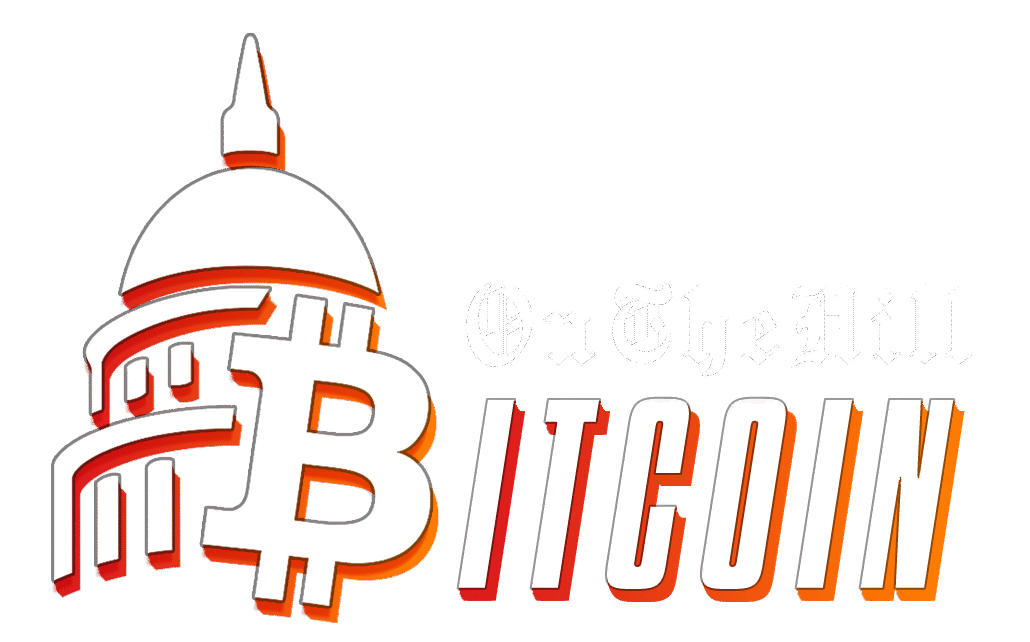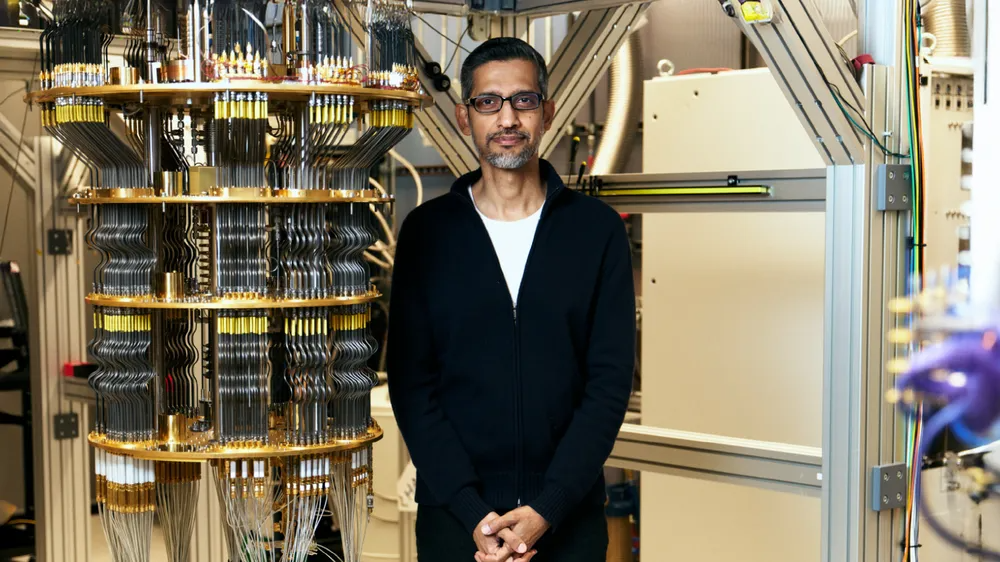Google’s Quantum Leap: The Willow Chip and Quantum Echoes
Today, Google Quantum AI unveiled a historic milestone that may change everything we know about computing — and possibly even digital currencies like Bitcoin. Their new Willow quantum chip has achieved the first-ever verifiable quantum advantage, running a groundbreaking algorithm called Quantum Echoes. According to Google, this algorithm performs calculations 13,000 times faster than the most advanced classical supercomputers on Earth.
This isn’t just a lab stunt. Quantum Echoes represents a real, verifiable step toward practical quantum computing. It can model the structures of molecules, analyze materials, and even simulate complex quantum interactions with unprecedented precision. In simple terms: Willow can compute problems so complex that traditional computers can’t even begin to solve them.
Why This Matters for Bitcoin and Cryptography
Quantum computing has long been seen as both a miracle and a menace for the world of cryptography. Bitcoin and most cryptocurrencies rely on elliptic curve cryptography (ECC) — a mathematical shield that keeps private keys secure. The nightmare scenario? A powerful enough quantum computer could solve ECC equations in seconds, revealing private keys and effectively breaking Bitcoin.
Google’s Willow chip, using the Quantum Echoes algorithm, may not be there yet, but this breakthrough moves the needle further than ever before. The ability to run verifiable, repeatable, and beyond-classical computations means quantum computers are inching closer to real-world applications — and that includes the power to decrypt what was once thought unbreakable.
If quantum advantage can now be demonstrated and verified, the countdown toward quantum decryption capabilities might already have begun.
What Makes Quantum Echoes Different
Unlike previous demonstrations of quantum speedups, Quantum Echoes isn’t just faster — it’s verifiable. That means the same results can be reproduced on other quantum systems, proving the algorithm actually works as claimed. Think of it as the scientific equivalent of a blockchain verification for quantum results.
In essence, Google’s Quantum Echoes uses a process similar to sending a signal through a quantum system, reversing it, and measuring how the system “echoes” back the disturbance. This gives scientists unprecedented insight into the quantum state of matter itself.
A Potential Crypto Time Bomb
While Google insists its breakthrough focuses on materials science and molecular modeling, crypto analysts are already raising eyebrows. If quantum verifiability and extreme speed can be scaled, Bitcoin’s cryptographic foundation may soon face real-world testing.
That doesn’t mean wallets will be hacked tomorrow, but it does mean the race is on. Developers behind Bitcoin and other blockchains have been exploring post-quantum cryptography — encryption methods designed to resist quantum attacks. But with Willow’s performance leap, those efforts may need to accelerate dramatically.
The Political Fallout: Quantum Power and the New Tech Cold War
Quantum supremacy isn’t just a scientific achievement — it’s a geopolitical one. Google’s announcement could intensify the ongoing U.S.-China technology race, especially as both nations pour billions into quantum research. If America’s private sector truly holds the first verifiable quantum advantage, it reshapes national priorities overnight.
Expect lawmakers in Washington to respond quickly. Quantum computing could become the next major talking point in U.S. politics — tied to cybersecurity, defense, and the stability of the financial system. Bitcoin, long a symbol of financial freedom, might find itself caught in the crossfire of a new kind of arms race: the quantum encryption war.
As quantum computing edges closer to reality, the debate over decentralized money versus centralized control is about to heat up again — this time at the atomic level.





